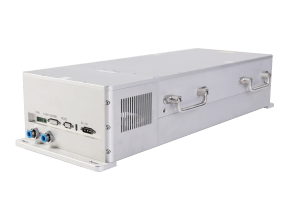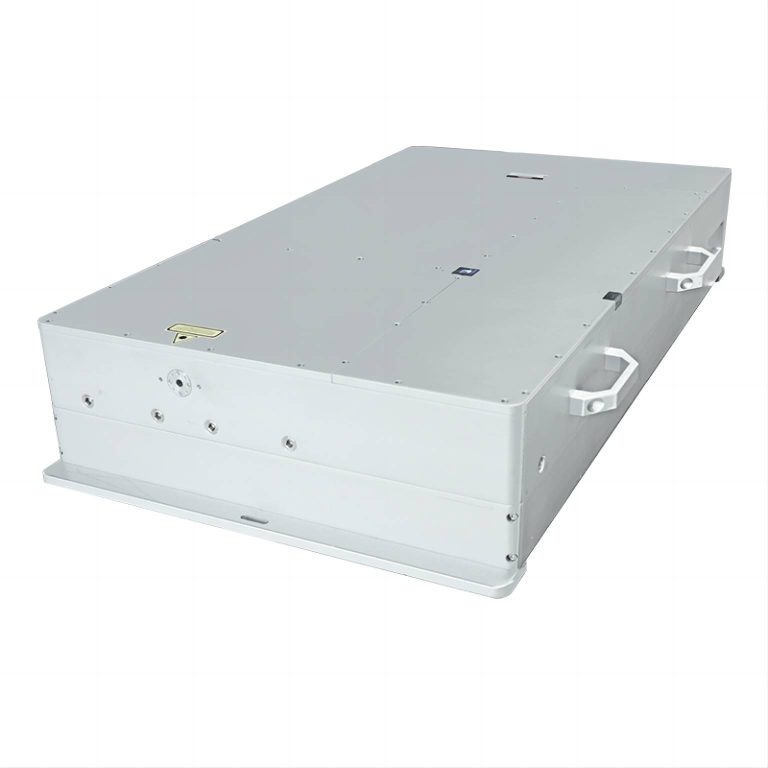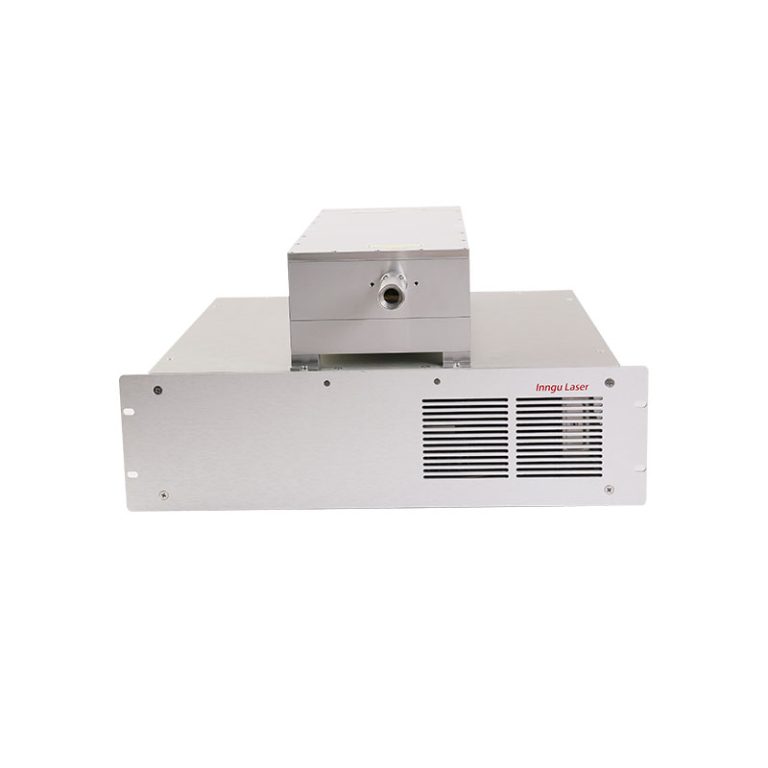In the realm of material processing, technological advancements play a pivotal role in redefining precision, efficiency, and speed. Green Picosecond Lasers, a cutting-edge innovation in laser technology, have emerged as a game-changer, revolutionizing the way various materials are processed across industries.
Understanding Green Picosecond Lasers
Picosecond Lasers operate within the picosecond range, emitting pulses with durations measured in picoseconds (one trillionth of a second). This extremely short pulse duration distinguishes them from other laser types, such as nanosecond and femtosecond lasers. The wavelength of green lasers typically falls within the range of 500 to 600 nanometers.
Principle of Operation
The functioning of Green Picosecond Lasers is based on the principle of ultra-short pulse durations. The laser emits high-intensity pulses of light in the green spectrum, which interact with materials, causing precise ablation or modification. Unlike longer pulse lasers, the ultrashort pulses of picosecond lasers minimize heat-affected zones, enabling unparalleled precision in material processing.
Applications Across Industries
Manufacturing and Industrial Applications
The adaptability of Green Picosecond Lasers has found wide application in the manufacturing sector. These lasers are employed for cutting, drilling, marking, and surface structuring across various materials, including metals, semiconductors, ceramics, and polymers. Their ability to provide high precision and minimal thermal damage makes them indispensable in micro-machining applications.
Medical and Biotechnological Uses
In the medical field, Green Picosecond Lasers have revolutionized surgical procedures. Their precision and minimal tissue damage make them ideal for procedures like eye surgeries (such as LASIK), dermatological treatments, and the fabrication of intricate medical devices.
Scientific Research and Development
Researchers utilize Picosecond Lasers in diverse scientific experiments. These lasers enable the manipulation and study of materials at the micro and nanoscales, contributing significantly to advancements in fields like physics, chemistry, and material science.
Advantages Over Other Laser Types
Enhanced Precision
The ultrashort pulses of Green Picosecond Lasers result in minimal heat diffusion, ensuring precise material removal without affecting surrounding areas. This characteristic makes them superior to nanosecond and continuous-wave lasers in terms of accuracy.
Reduced Thermal Damage
Compared to longer pulse lasers, the shorter pulse duration of picosecond lasers significantly reduces thermal damage to the processed material. This aspect is crucial, particularly in sensitive materials or applications where heat distortion is a concern.
Versatility in Material Processing
Green Picosecond Lasers exhibit exceptional versatility in processing various materials, including metals, ceramics, polymers, and composites. Their adaptability across a wide range of materials makes them an attractive choice for industries seeking flexibility in manufacturing processes.

FAQs
- What is the significance of the “green” wavelength in these lasers?
The “green” wavelength refers to the color spectrum within which these lasers operate, typically between 500 and 600 nanometers. Green Picosecond Lasers emit light in this range, which is particularly useful for certain applications due to the absorption characteristics of materials and their interaction with the green wavelength, enabling precise and efficient material processing.
- How do Green Picosecond Lasers contribute to advancements in scientific research?
In scientific research, Picosecond Lasers are instrumental in studying materials at microscopic and nanoscopic scales. Their ability to manipulate and modify materials with extreme precision aids in understanding material properties, exploring new phenomena, and advancing various scientific disciplines such as physics, chemistry, and materials science.
- What role do Picosecond Lasers play in medical applications?
Picosecond Lasers have made significant strides in medical procedures due to their precision and minimal tissue damage. They are utilized in ophthalmology for procedures like LASIK, dermatology for tattoo and pigmentation removal, and the fabrication of intricate medical devices, showcasing their value in medical advancements.
- Are there ongoing developments in Green Picosecond Laser technology?
Yes, the field of Picosecond Lasers is continuously evolving. Ongoing research focuses on improving their efficiency and power output and expanding their applicability to process an even wider range of materials. This involves innovations in pulse shaping, beam delivery systems, and exploring new combinations of wavelengths and pulse durations.
- How do Green Picosecond Lasers contribute to manufacturing efficiency?
In manufacturing, Picosecond Lasers offer high precision and minimal thermal impact, leading to increased efficiency by reducing the need for additional finishing processes and minimizing material waste. This efficiency results in improved product quality and cost-effectiveness in manufacturing operations.
- How can businesses integrate Green Picosecond Lasers into their operations?
The integration of Picosecond Lasers into existing manufacturing setups often requires specialized knowledge and equipment. Businesses can partner with laser technology experts, undergo relevant training programs, and gradually implement these lasers, ensuring compatibility and maximizing their benefits in their specific operational contexts.
Conclusion
Green Picosecond Lasers represent a significant leap in material processing technology, offering unparalleled precision, reduced thermal damage, and versatility across industries. As advancements continue and applications expand, these lasers are poised to play an increasingly crucial role in shaping the future of manufacturing, scientific research, medical procedures, and beyond.
The convergence of ultra-fast laser technology with material processing holds promise for innovative solutions, pushing the boundaries of what’s achievable in various fields, thereby laying the groundwork for a more efficient and precise technological landscape.


